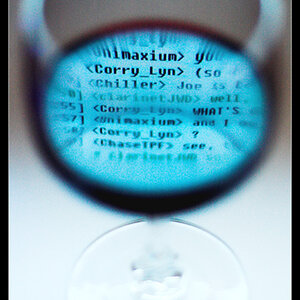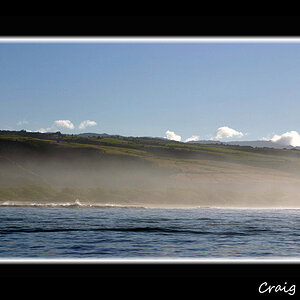- Joined
- May 1, 2008
- Messages
- 25,422
- Reaction score
- 5,003
- Location
- UK - England
- Website
- www.deviantart.com
- Can others edit my Photos
- Photos OK to edit
Didn't see a report on this anywhere so here it is - new lenses from sigma!!
SIGMA 12-24mm F4.5-5.6 II DG HSM
SIGMA 12-24mm F4.5-5.6 II DG HSM - SIGMA CORPORATION
SIGMA APO 50-150mm F2.8 EX DC OS HSM
SIGMA APO 50-150mm F2.8 EX DC OS HSM - SIGMA CORPORATION
SIGMA MACRO 105mm F2.8 EX DG OS HSM
SIGMA MACRO 105mm F2.8 EX DG OS HSM - SIGMA CORPORATION
SIGMA APO 120-300mm F2.8 EX DG OS HSM
SIGMA APO 120-300mm F2.8 EX DG OS HSM - SIGMA CORPORATION
SIGMA DP2x
SIGMA DP2x - SIGMA CORPORATION
I get a horrible feeling that in another 6 months or so my poor 70mm macro is going to get an upgrade to 70mm EX HSM OS and I just know I won't be able to resist!
Really nice to see the 105mm getting an upgrade - though I'd like to see them put a release date and price on their last round of releases - like the 150mm OS!
SIGMA 12-24mm F4.5-5.6 II DG HSM
SIGMA 12-24mm F4.5-5.6 II DG HSM - SIGMA CORPORATION
SIGMA APO 50-150mm F2.8 EX DC OS HSM
SIGMA APO 50-150mm F2.8 EX DC OS HSM - SIGMA CORPORATION
SIGMA MACRO 105mm F2.8 EX DG OS HSM
SIGMA MACRO 105mm F2.8 EX DG OS HSM - SIGMA CORPORATION
SIGMA APO 120-300mm F2.8 EX DG OS HSM
SIGMA APO 120-300mm F2.8 EX DG OS HSM - SIGMA CORPORATION
SIGMA DP2x
SIGMA DP2x - SIGMA CORPORATION
I get a horrible feeling that in another 6 months or so my poor 70mm macro is going to get an upgrade to 70mm EX HSM OS and I just know I won't be able to resist!
Really nice to see the 105mm getting an upgrade - though I'd like to see them put a release date and price on their last round of releases - like the 150mm OS!
Last edited:


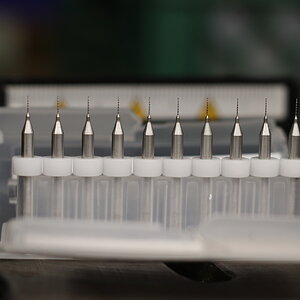
![[No title]](/data/xfmg/thumbnail/36/36299-468f060314a0ac2bf5e37da1c33149d2.jpg?1619737493)
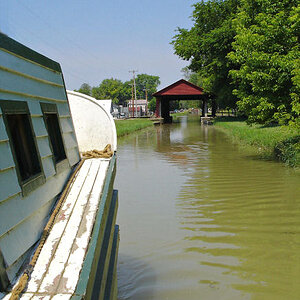
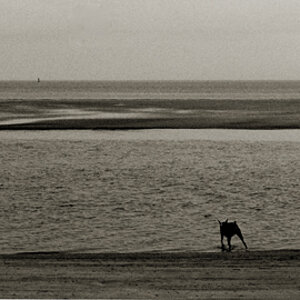

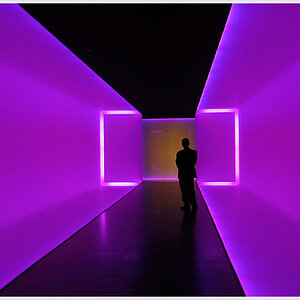
![[No title]](/data/xfmg/thumbnail/30/30872-cd51e29bb57fff318ae9841cb002aa5b.jpg?1619734489)
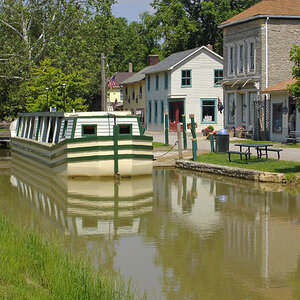
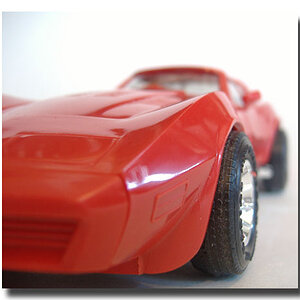
![[No title]](/data/xfmg/thumbnail/30/30871-c87f97bf2d9d493b4c08ba6482680038.jpg?1619734488)
